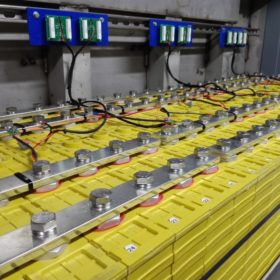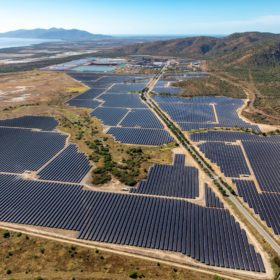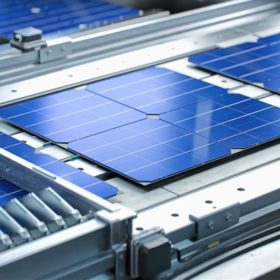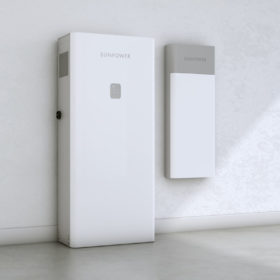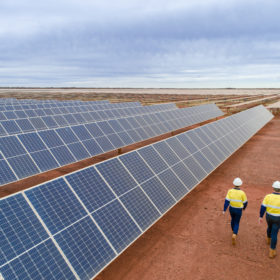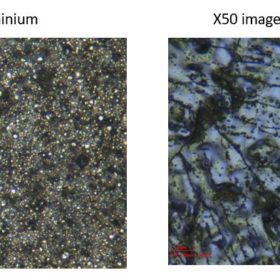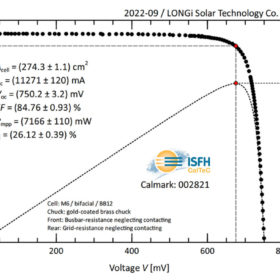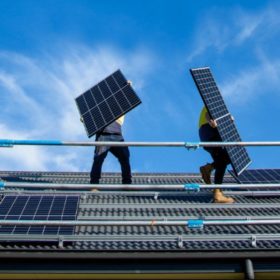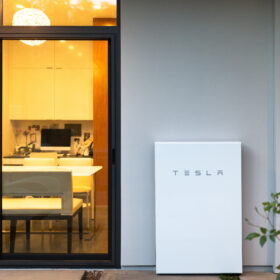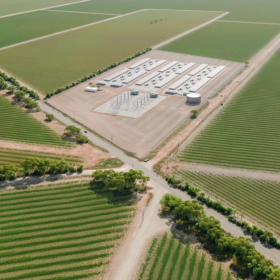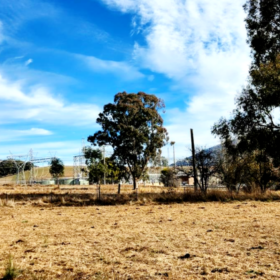Taiwanese battery maker targets NT for manufacturing plant
The Northern Territory government has signed an agreement with Taiwanese battery company Aleees and Western Australia-based miner Avenira to develop a battery cathode manufacturing plant in Darwin.
Ark Energy floats 3 GW renewables hub for Queensland
International metals group Korea Zinc’s Australian subsidiary Ark Energy has announced it will build 3 GW of renewable energy generation in north Queensland as part of plans to produce more than 1 million tonnes of green ammonia per annum for export by 2032.
There’s a huge surge in solar production under way – and Australia could show world how to use it
You might feel despondent after reading news reports about countries doubling down on fossil fuels to cope with energy price spikes.
Sunpower launches two new batteries for residential applications
The two batteries have a storage capacity of 13 and 19.5 kWh, respectively. Both lithium-ion systems use LiFePO4 as the cathode material and have a round-trip efficiency of over 86%.
Work begins on Australia’s largest rooftop solar PV build
Renewable energy investment fund Solar Bay and logistic company Logos have commenced construction of Australia’s largest roof-mounted solar PV system, airlifting in the first of more than 120,000 solar panels that will be installed atop an 800,000sqm industrial warehousing facility in south-western Sydney.
Alinta gives green light for WA solar and battery project
Power utility Alinta Energy expects work on a 45 MW solar farm and 35 MW battery energy storage system planned for Western Australia’s Pilbara region to commence before the end of the year following the signing of a large-scale renewable power purchase agreement with international mining giant BHP.
Fortescue plans additional 2 GW to 3 GW of renewables as part of $9.2 billion investment
Australian-based mining giant Fortescue Metals Group has announced it will deploy an additional 2 GW to 3 GW of renewable energy generation and battery storage as part of a more-than $9 billion plan to decarbonise its iron-ore operations by 2030.
Novel tech to recycle silver, aluminum from end-of-life solar panels
Researchers in the United Kingdom have developed a new method of extracting silver and aluminium from end-of-life PV cells using iron chloride and aluminium chloride dissolved in brines. According to the research team, the cheap solvents retrieve up to 95% of the metals within 10 minutes, achieving a 98% purity of silver chloride.
Longi achieves 26.12% efficiency for gallium-doped p-type heterojunction solar cell
The result, confirmed by Germany’s Institute for Solar Energy Research Hamelin (ISFH), was achieved on a heterojunction solar cell based on an M6 wafer.
Shift in energy system helps Victoria smash emissions targets
Victoria’s ongoing transition to renewable energy sources, including the installation of hundreds of thousands of rooftop solar PV systems, has helped the state “smash” its 2020 emission reduction targets on the path to net zero by 2050.
